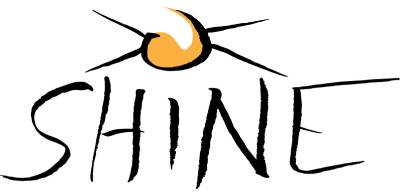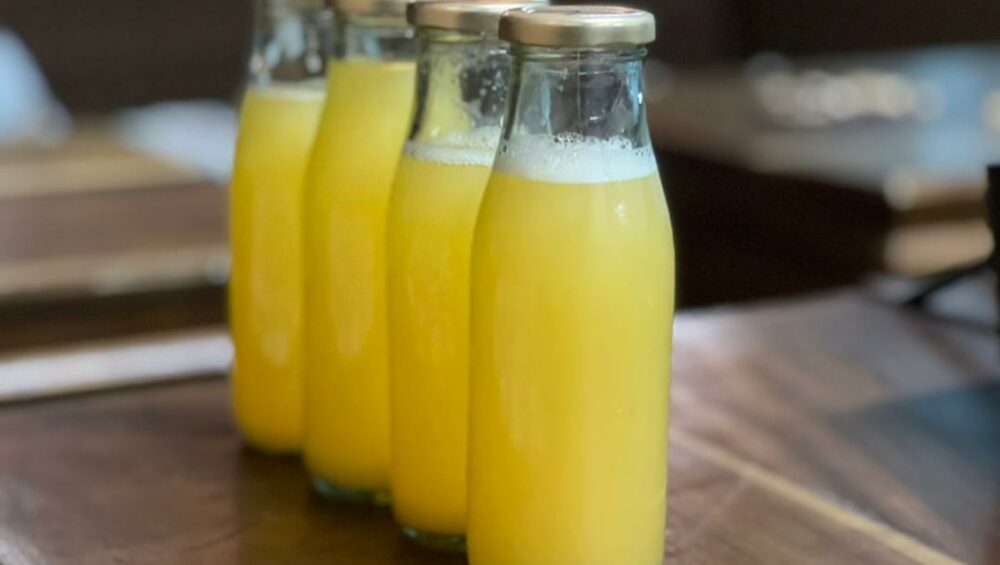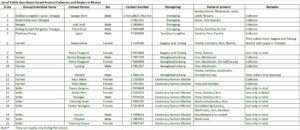What is whey?
Whey is a greenish yellow, semi-translucent liquid that separates from the curd during the cheese making process. Whey is obtained after removing casein from milk. Casein can be separated from milk by acidification.
Why utilize whey?
Most of the whey produced in the dairy industry is being disposed in Bhutan. Whey is being considered as one of the most polluting food by/co-product streams since it has a biochemical oxygen demand (BOD) >35,000 ppm and the chemical oxygen demand (COD) >60,000 ppm).
Whey dumping on land creates severe pollution concerns for the surrounding environment by affecting the physicochemical characteristics of soil that results in decreased crop yields. Furthermore, when discharged into water bodies, it reduces the dissolved oxygen, hampers biodegradability, and poses a major risk to aquatic life, and to environment and human health. Instead of discarding the whey, it could be further processed as value added whey fruit drinks or beverages.
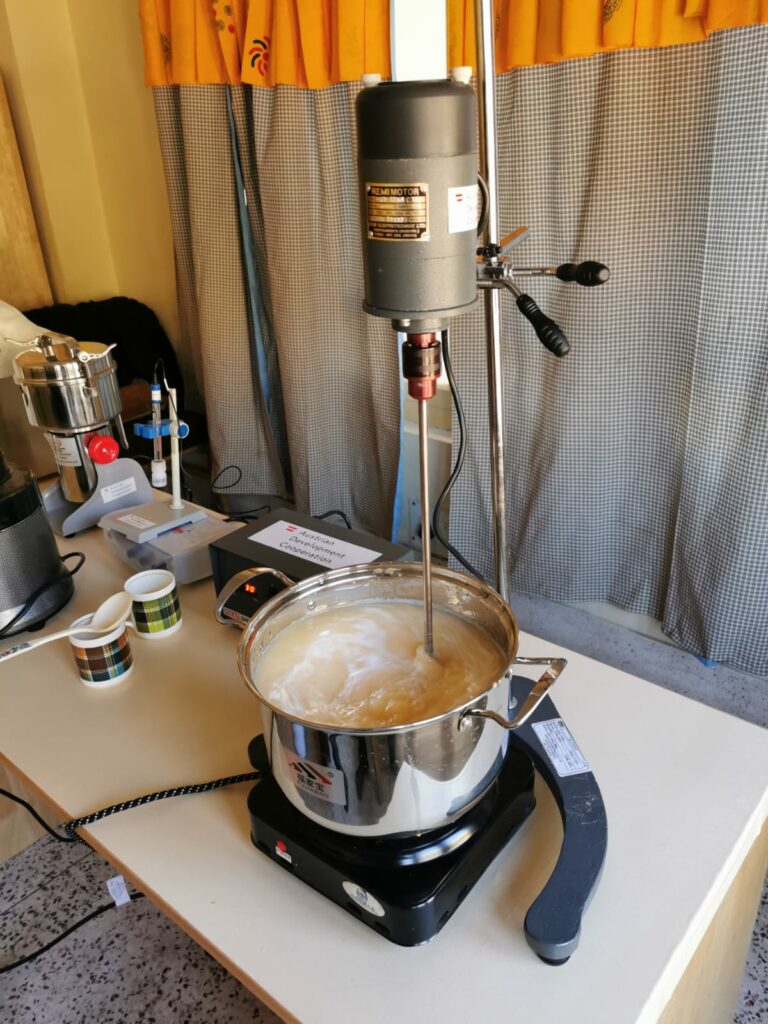
Following the first experiment to make fermented chili paste, a fruit-flavored whey drink was produced at the SHINE Lab in Thimphu, in December 2021.
Orange was used as the additive for the flavor, which can be substituted with other fruits, such as mango, strawberry, passion fruit and lime. Peeled fruits were squeezed to get the juice and to get id of the pulp and seeds. Whey for the experiment was obtained from a farm nearby Thimphu. The mixture of whey and fruit juice was pasteurized and bottled. The products have been stored at ambient temperature for a certain period. The taste was checked regularly.
A random sensory analysis was carried out among the SHINE team members and most liked the whey drink. The prototype with 10% sugar and 0.1 % orange flavor was preferred by most of the members.
However, it was observed that the whey drink had a smoky after-taste which might have come from cooking the whey on open fire. The smoky aftertaste can be avoided by cooking the whey on gas or closed stove.
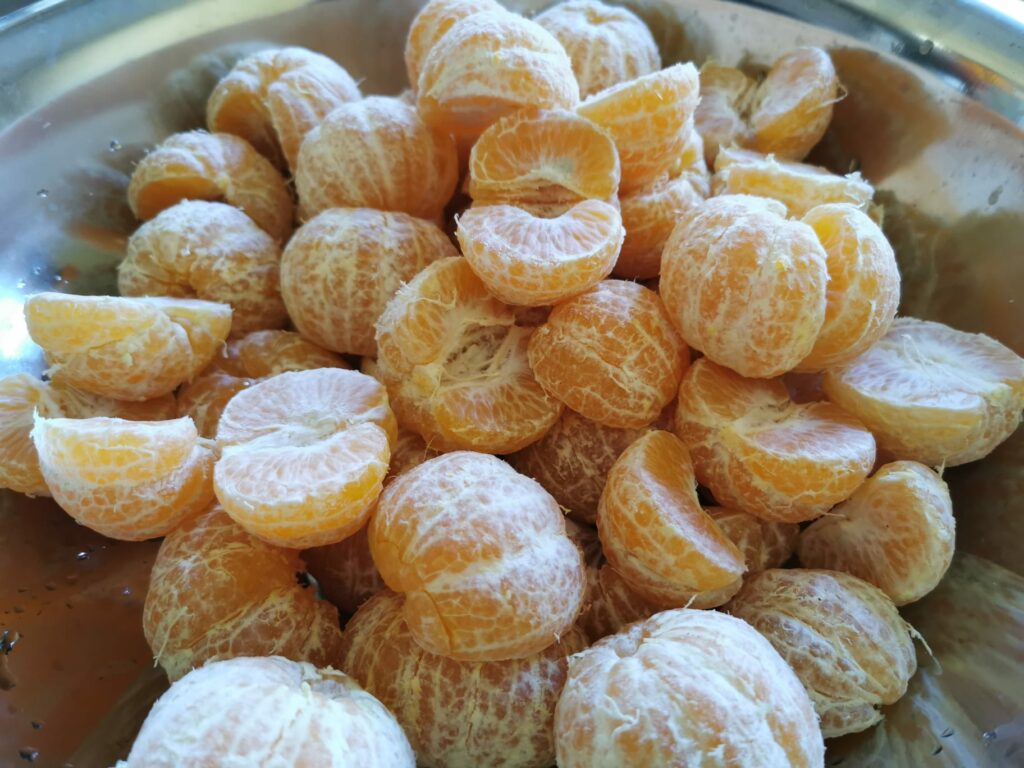
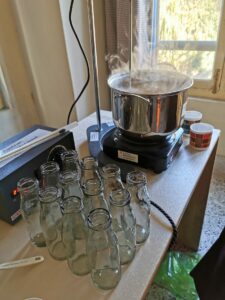
This document has been produced with the financial assistance of the European Union. The contents of this document are the sole responsibility of the implementing partners and can under no circumstances be regarded as reflecting the position of the European Union.
